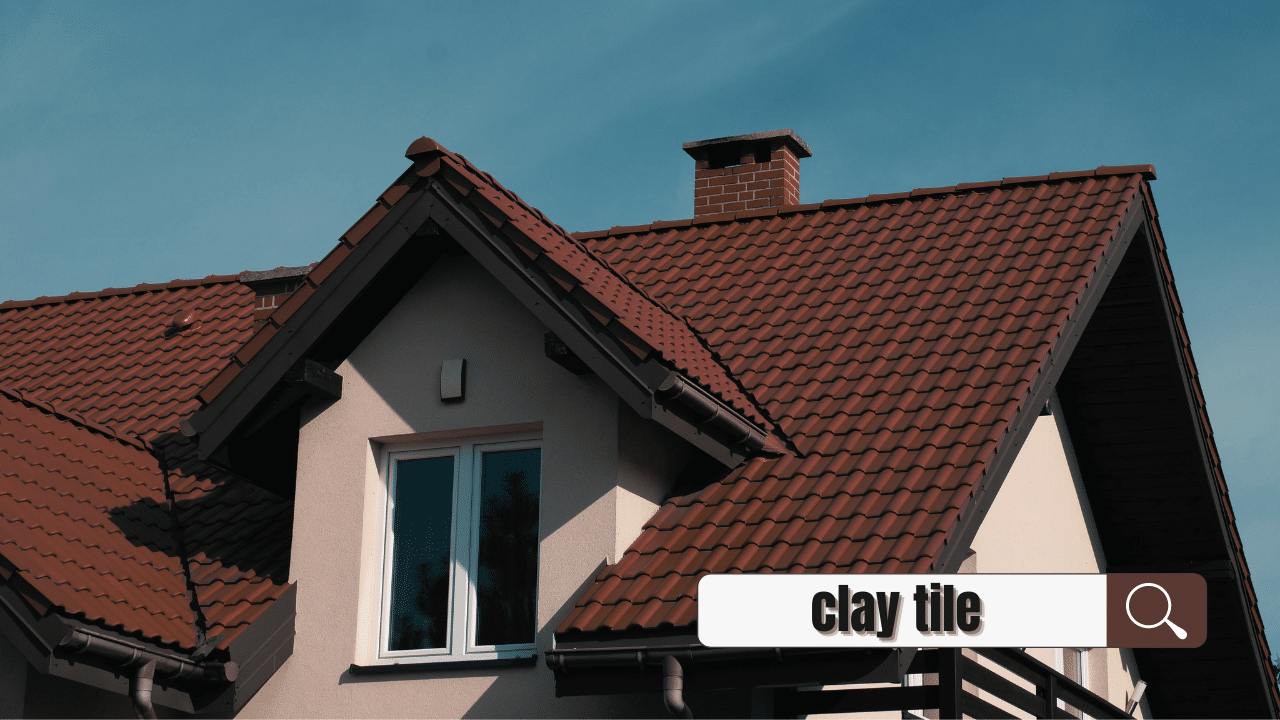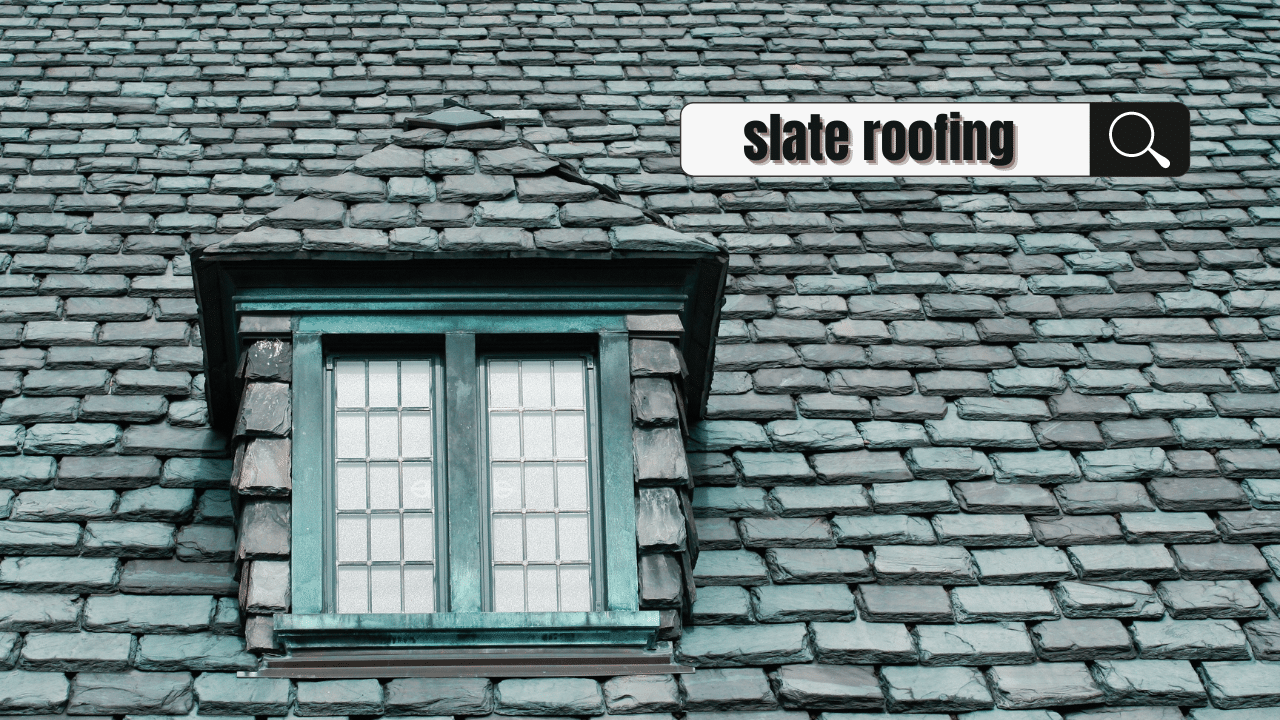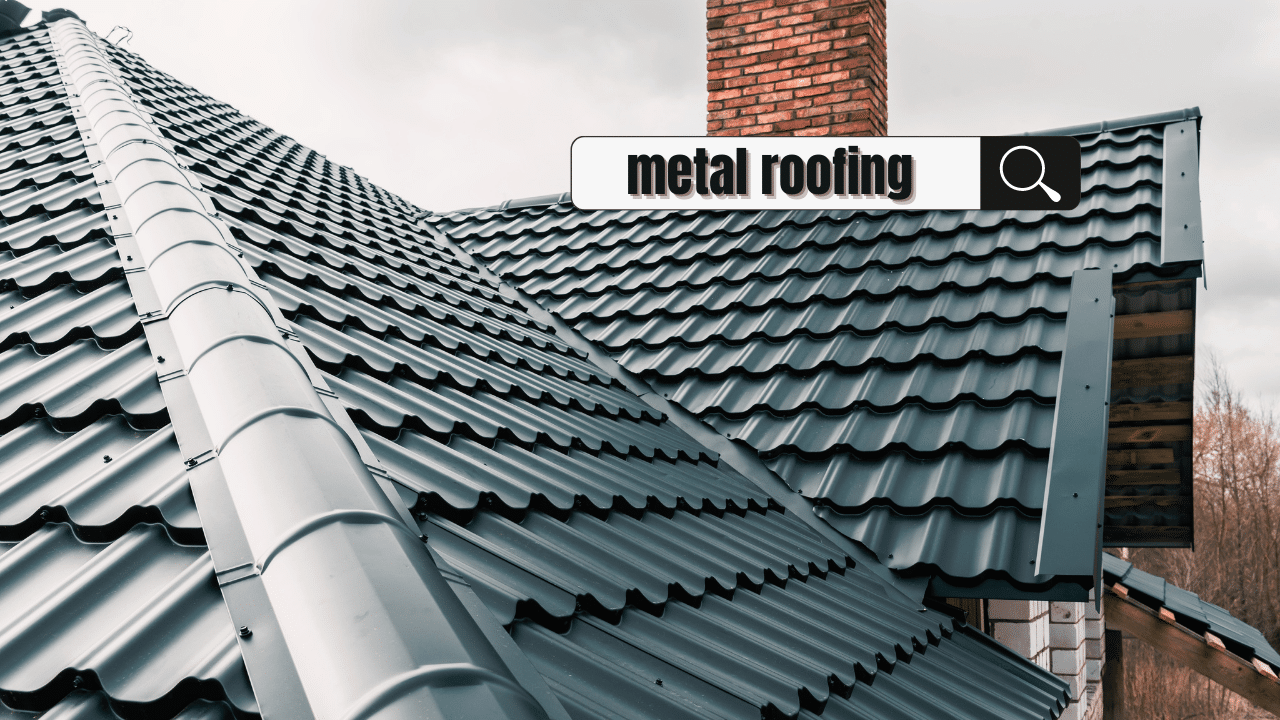The roof of your house is one of the most important features in terms of its ability to keep the weather at bay, and it is also one of the most expensive parts of the house when it comes to replacement and repairs.
The maintenance of a roof is therefore of paramount importance in the upkeep of your investment, and ensuring the roof is well maintained will protect the building occupants as well as the building contents from any adverse weather conditions or failures of the structure.
How often a roof needs to be replaced depends on the type of material used, local weather conditions and the quality of the material and the build. Different roofing materials have different lifespans, and so it is important to establish the lifespan of the material itself.
There are numerous factors which influence the lifespan of a roof. Once the roof material has been determined and its respective lifespan estimated, a thorough roof inspection will allow for an accurate decision as to whether the roof needs replacing or not.
It is highly recommended that a roof is inspected twice a year. This will ensure that any minor issues or damage to the roofing material or structure can be fully resolved before they turn into larger issues bearing larger cost implications in the future.
How Does Roofing Material Affect Its Longevity?
There are numerous types of roofing materials on the market today. Each of these roofing materials possesses a different intrinsic lifespan which is also influenced heavily by factors such as weather.
A roof which is often subjected to wind, rain, snow or extreme heat and humidity will most certainly have a shorter life span than a roof in a temperate area with no drastic changes in weather patterns.
The structure underneath the roof covering should last the entire lifespan of the building itself. Barring major structural damage caused by prolonged leaking or major storm damage, the roof covering is the only part which should need replacing if replacement is indeed necessary.
How Long Do Different Roof Types Last For?
Here are some of the most common types of roof and their respective expected lifespans: (Related: Roof Replacement Cost & Consumer Guide)

Asphalt Shingles
This type of roof, being the usual 3-tab asphalt shingle roof, should usually last between 15 and 20 years before it needs a full replacement. Another type of shingle exists, termed architectural asphalt shingles, and these tend to have far more resilience to natural wear and tear due to their carefully considered design. As a result of this design, architectural shingles may last up to 10 years longer than the normal shingles.

Concrete/Clay Tiles
Concrete and clay tiles are some of the most hardy and long-lasting roofing materials currently on the market. These tiles are solid, sturdy and heavy, installed upon extremely sturdy roofing structure, resulting in a strong roof which may last up to 100 years if proper maintenance is carried out on a regular basis.

Slate Roofing
Making use of a similar structure to concrete and clay tiles, slate roofs consist of natural slate tiles. These are extremely hardy tiles as they are made of a solid natural stone material, and as a result may also last up to 100 years if properly installed and regularly maintained.

Timber Shingles/Shakes
Shingles made out of wood can last between 25 and 50 years. Their lifespan is highly dependent on the maintenance they receive, and so it is especially important to pay close attention to this type of roof to repair small damages before they result in major damage.
This type of shingle is susceptible to moisture, and so regular clearing of leaves and moss growth is important to prevent moisture damage. Due to its timber material, wooden shingles are more susceptible to fire damage than other roofing materials.
Wooden shakes, on the other hand, possess more thickness than shingles, and so they have a higher resistance to the sun and other inclement weather factors. This type of roof can last between 35 to 40 years if properly maintained.

Metal Roofing
Metal roofing is considered to be one of the best choices due its extreme resilience to the elements. Steel and aluminum roofing can last for around 50 years before needing replacement, while different types of metal roofing such as zinc and copper can last up to 100 years before any replacement is considered necessary.
How Do You Know When Your Roof Needs Replacement?
A roof will begin to show signs of needing replacement long before the replacement is necessitated, and so it is vital to carry out regular inspections of the roof to ensure that repairs and maintenance happen at the appropriate and necessary times to ensure maximum longevity of the roof covering.
One of the first signs to look out for is damaged shingles. This is a highly noticeable occurrence which is easily detected by the naked eye upon inspection of the roof. If the shingles are cracked or curling at the edges, there is a good chance the roof will need replacement.
Gutters should always be checked to establish the health of a roof system. If granules can be found in the gutters, this can be a sign that there are issues with the roof. These granules are often small pieces of the shingles which may have broken off during times of bad weather.
Sagging of the roof is a sure sign that the roof is in need of replacement, and this should always be taken seriously. A sagging roof could potentially be a roof on the verge of collapse, and so action should be taken to prevent further damage to people and property.
A leaking roof is often a sign of an issue with the roof covering, and so the source of the leak should be found to establish whether a simple repair will suffice, or if a replacement of the entire roof is necessary.
Does Insurance Cover Roof Repairs/Replacements?
Insurance may or may not cover the repairs or replacement of your roof depending on several factors. Firstly, what caused the damage to the roof is the most significant factor in determining coverage by insurance.
Fire, wind and hail damage are usually covered by homeowners’ insurance. This can also extend to instances such as falling trees causing damage to a roof and other such events.
Conclusion
The roof is one of the most important parts of your home, and so it is vital that the roof is properly maintained at all times to ensure that it is able to last for as long as possible. Regular inspections and maintenance will ensure the best longevity for your roof.
